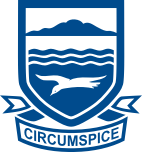Year 11
On Thursday 9th June, the Year 11 Geography classes were given the opportunity to explore parts of Auckland’s monogenetic volcanic field. We visited Tuff Crater (a 200,000-year-old caldera, or volcanic crater), Maungauika (North Head, a cone formed 50,000 years ago), and the Volcano exhibition at Auckland Museum.
This experience helped us to gain a better understanding of volcanic processes, and how they have shaped our city. We were also able to identify the natural and cultural features of Auckland’s volcanic field. This was useful for us in the write-up of our 1.8 Geography assessment where we study what would happen if a volcanic eruption were to occur here on Auckland’s North Shore.
Summer Bailey, Year 11
Year 12
With our highly anticipated trip to Tongariro Volcanic Centre being cancelled as a result of Covid-19, our trip to Rangitoto Island (Te Rangi-i-totongia-ai-te-ihu-o-Tamatekapua: the day that Tamatekapua had a bloody nose) on 26th May was an exciting opportunity for the Year 12 Geography students to do practical research in the field and gather data for our upcoming internal assessments.
We collected data on how the Department of Conservation protects the islands of the Hauraki Gulf and the various natural and cultural processes that take place on and around the island. We reached the summit right before lunch and took field sketches of the surrounding environment; the weather held up and despite the forecast, it did not rain. It was a fantastic day to experience the beauty of Tāmaki Makaurau.
Mallory O’Brien, Social Sciences Teacher



